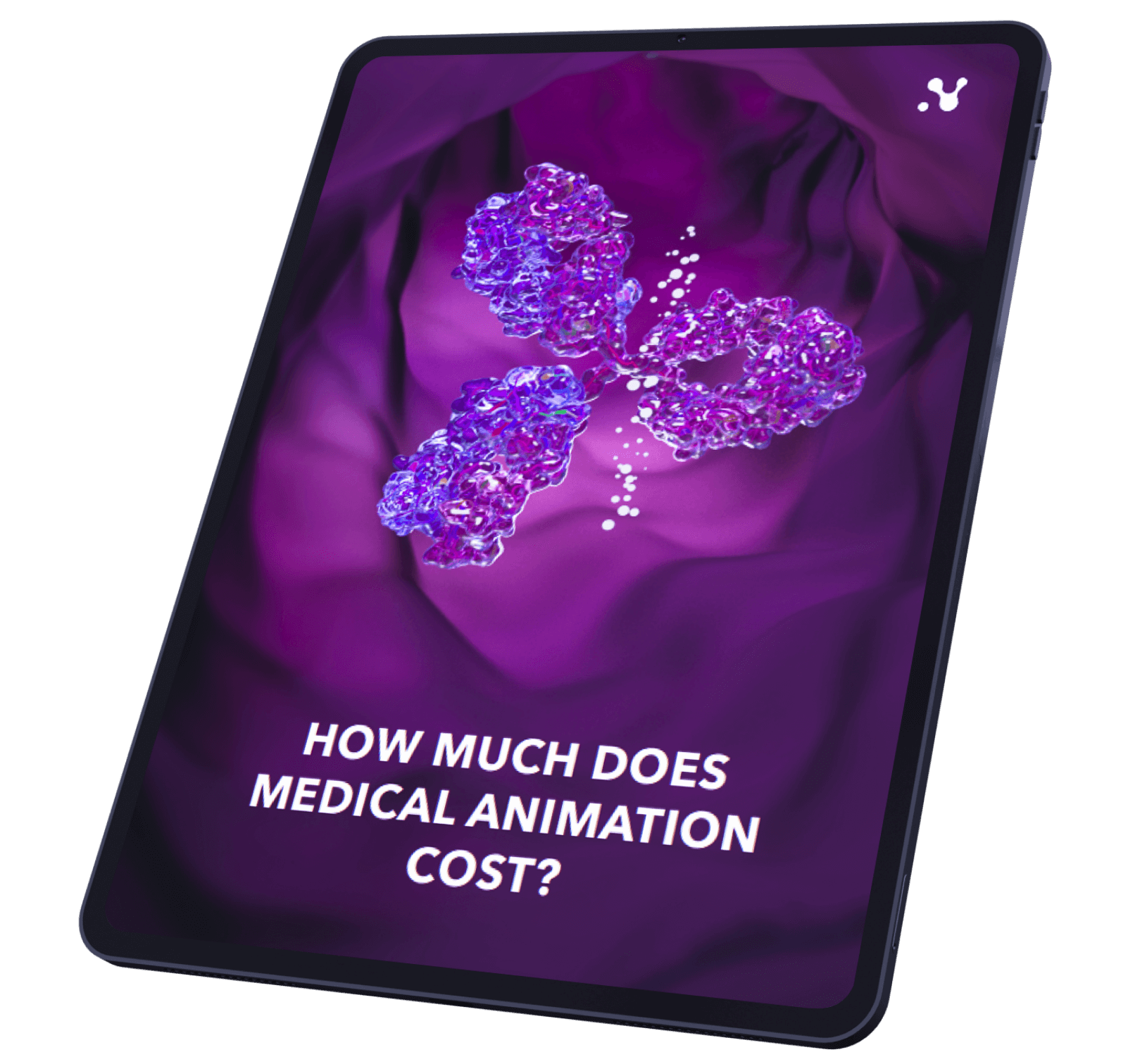Hardly any other industry is more regulated than the pharmaceutical. The same can be said about its sophistication. Unsurprisingly, doctors, patients, and other stakeholders often need help understanding the industry. Visuals facilitate a lot to ease internal & external communication. Graphic design companies and visual storytelling agencies help understand the pharmaceutical industry, therefore. Do they compete in it? And which one is the best to make your product or pipeline more graspable? We want to look into the matter to set things right.
Graphic designers create visual explanations.
The main ideas on products, brands, and companies can come through visual means. Graphic design agencies help represent them in such a way. Many specific tools are available at their disposal to do so. Typography, text recompositions, and various arrangements with images and design can deliver many insights into the topics covered. Transforming information into visuals requires a deep understanding of the subject from graphic designers. Hence, they need to start from the briefing to cope.
Let’s assume an ordinary graphic design agency trying to cooperate with a pharmaceutical company. The designers are engaged to visualize the results of a clinical study covering a critical trial stage. They should visualize the study’s stats and create diagrams depicting some core data. If having no medical background, the designers need to be supplied with a bunch of preparative explanations to get relevant guidance. Numerous aspects should be explained, including the significance of biostatistics, the data delivering key messages, the study’s course, how to visualize it, and treatment nuances.
Moreover, they must acquire a conceptual vision of the study’s design with corresponding schemes and unique icons capable of revealing the study without redundant sophistication.
A post-production quality check seems compulsory to ensure that designers appropriately refer to the input materials. An accurate presentation of data can be challenging for a team having no scientific education. For example, designers may need help understanding why a missing asterisk for p-value matters. Besides, they stay far from many legal and regulatory issues attributed to the client’s company. Such ignorance can affect their choice of graphical means and creative approaches. The color palette, for instance, can appear wrong in terms of branded and unbranded materials. The commercial ones should have colors different from the data belonging to some unbranded state awareness diseases.
 Didactics complement graphics when a visual storytelling agency creates scientific materials.
Didactics complement graphics when a visual storytelling agency creates scientific materials.
Unlike ordinary graphic designers, a visual storytelling agency can boast specific expertise in pharma and medicine. Such scientific knowledge allows for applying a didactic approach to developing specialized graphic materials.
The secret is in the interdisciplinary team composition, where biotech experts closely collaborate with designers to provide visuals with precise correspondence to the sectoral requirements.
Customers can benefit from a visual storytelling agency in many ways.
- Precise referring to input materials;
- Having no obstacles in understanding customer data;
- Undertaking all production stages via a smooth workflow of a collaborative team;
- Grasping customer’s core messages in their complexity;
- Transforming the messages into an exciting story by blending creative and scientific expertise.
As a result, a unique look and memorable story become inherent in the customer’s materials due to the collaborative efforts of the design and scientific departments.
Let’s get back to the case, as mentioned above, of a clinical study to be visualized. The study’s stats, diagrams, and general design appear familiar to a visual storytelling agency since relevant scientific expertise is available. All that a customer needs to deliver to the agency is the study itself and the customer’s core messages. The designers need no external assistance in developing conceptual visuals to be relevant and accurate. They may require just some input from the customer to ensure that their finished graphics properly deliver the core messages.
Furthermore, the agency can proofread, cite, and refer to the data corresponding to the given study.
In summary, while an ordinary design agency creates visuals to deliver core messages without adding any content, a visual storytelling agency provides a consistent solution based on its scientific expertise. In other words, it is worth hiring designers who can apply a didactic approach to supplying graphics with content that transforms your materials into a scientific story.
Adobe and Figma join forces to redefine the future of digital creativity. Read more about this groundbreaking acquisition and how it will impact the creative world.


